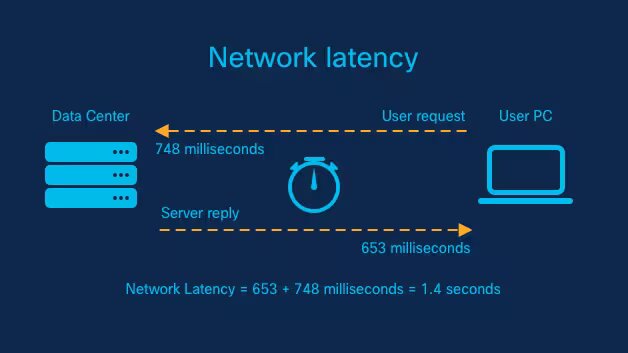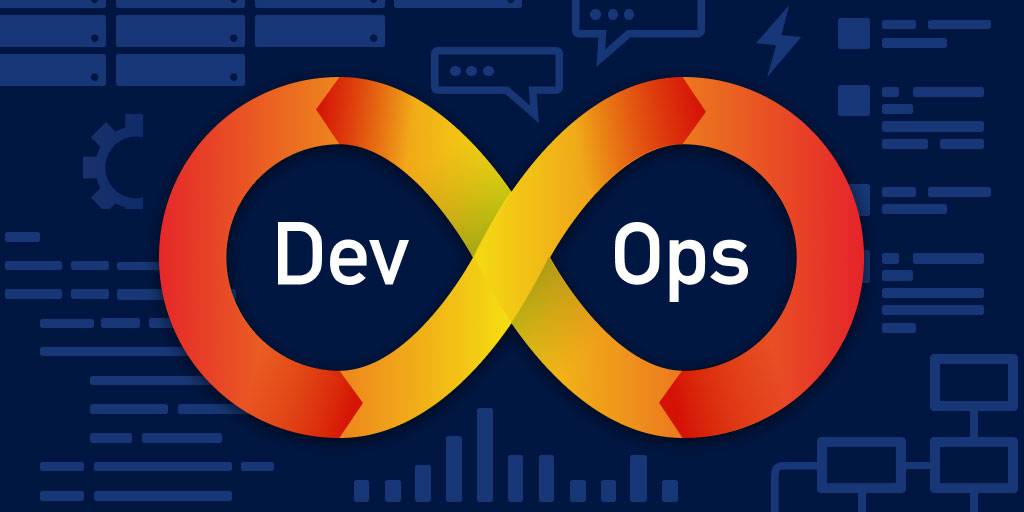Understanding Low-Latency Deployments in DevOps
The low-latency deployments in DevOps aim to deliver features and changes as quickly as possible while maintaining system performance. These methods provide you with a competitive edge, improve user experience, and spur quick innovation. Organizations may accomplish quick and dependable rollouts by utilizing techniques like automation, microservices frameworks, CI/CD pipelines, and progressive deployments.
Infrastructure and pipeline optimization is supported by tools like Terraform and Prometheus. Blue-green deployments and feature toggles are examples of progressive strategies that guarantee little downtime. Because they offer flexibility and facilitate the resolution of challenges through investments in automation, collaboration, and real-time monitoring, low-latency deployments in DevOps are an essential part of operational excellence.
READ – How Cloud Cost Optimization in DevOps Works
The term “low latency” describes the smallest amount of time that passes between an input or instruction and the action or reaction that follows. It is the interval of time between a user’s action and the response from the system. The least amount of delay that happens when data is transmitted via a computer network from its source to its destination is referred to as low latency.
The Importance of Low-Latency Deployments

For a variety of applications to enable real-time, interactive digital experiences, this quick data transport is essential. Although zero latency is ideal, technological and physical constraints make it hard to achieve in practical situations. In settings like high-frequency trading, online gaming, telemedicine, and live communications like chat, where prompt replies are crucial, low latency is crucial. Every millisecond matters in these situations since it has a big influence on operational results, user experience, and performance.
Many physical obstacles, such as internet service, internet speed, or particular IP networks, might have an impact on latency. Network speeds and the overall user experience have been enhanced by constant innovation and introduction by businesses and IT specialists. Faster network connectivity and reduced latency are preferred by businesses for increased productivity and more effective operations. To meet their computational needs, certain application types—like fluid dynamics and other high-performance computing use cases—need minimal network latency.
Strategies for Low-Latency Deployments in DevOps
Companies can use a number of tactics to get over these obstacles and accomplish low-latency deployments in DevOps:
1) Use Lightweight Containers
Use Docker or other lightweight containers to deploy microservices to cut down on overhead and speed up deployment.
2) Implement CD Pipelines
Use optimized CI/CD pipelines to continuously deploy code for faster production releases and testing.
3) Edge Computing Utilization
Use edge computing to move tasks closer to end users for improved performance and lower latency.
4) Code Optimization Practices
Reduce processing time and improve responsiveness by writing clear, concise code that uses optimized algorithms.
5) Adopt Blue-Green Deployment
Easily transition between settings to save downtime and provide consumers with a low-latency experience.
6) Use Caching Strategically
Use caching programs like Redis or Memcached to expedite the delivery of frequently requested data.
7) Monitor Performance Proactively
To identify bottlenecks and improve latency in real-time, use technologies such as Prometheus and Grafana.
READ – Privacy Management in DevOps
Challenges for Low-Latency Deployments in DevOps
Low-latency deployments in DevOps has drawbacks despite its advantages:
- Complex Pipelines: It might be difficult to create and manage a deployment pipeline that enables dependable and quick rollouts.
- Infrastructure Restrictions: Low-latency objectives may be impeded by legacy systems or insufficiently scaled infrastructures.
- Integration Problems: It’s crucial yet difficult to guarantee seamless tool integration across the CI/CD pipelines.
- Monitoring and Feedback: Delays in identifying and resolving problems may result from a lack of real-time monitoring and feedback systems.
- Cultural Barriers: Silos or aversion to change can obstruct progress in DevOps, which necessitates team cooperation.
Case Studies of Low-Latency Deployments in DevOps
1. Netflix Microservices Architecture
In order to lower buffering latency and provide millions of users worldwide with uninterrupted viewing experiences, Netflix implemented microservices and edge computing.
2. Amazon’s Prime Video Optimization
Amazon takes advantage of CDN networks and AI-driven adaptive streaming to guarantee low-latency video playback on a variety of networks and devices.
3. Spotify Content Delivery
Even during periods of high demand, Spotify offers quick music streaming by utilizing caching and dispersed servers.
4. Uber Real-Time Dispatch System
Using edge computing and a low-latency system, Uber matches drivers and passengers in milliseconds, increasing customer satisfaction.
5. Slack’s Message Delivery
Slack uses serverless architecture and efficient APIs to send messages to teams around the world almost instantly.
6. Cloudflare CDN for Websites
The CDN and edge computing techniques used by Cloudflare greatly lower website latency for visitors worldwide.
7. Microsoft Azure Gaming Platform
Azure uses GPU optimizations and proximity-based data centers to deliver low-latency gaming on cloud platforms.
8. Zoom Video Conferencing
Zoom uses adaptive compression methods and scalable infrastructure to provide high-quality, low-latency video conversations.
How can Low-Latency Deployments in DevOps be achieved?
Low-latency deployments in DevOps can be achieved by :
- To promptly detect and pinpoint the underlying source of high latency problems, employ network monitoring and control tools. They may assess network latency in real-time by doing tasks like end-user experience analysis and mock API testing.
- To find out if a program is possibly putting strain on the network, examine its performance.
- To establish low-latency deployments in DevOps environment, determine which network operations may be transferred to Smart Network Interface Cards (SmartNICs) or Field-Programmable Gate Array (FPGA) switches.
- Use ‘subnetting’ to group network endpoints that frequently communicate with each other. A subnet acts as a network inside a network to minimize unnecessary router hops and to improve latency.
- Sort data packets according to their nature, delaying less important traffic and prioritizing high-priority applications like VoIP calls and data center traffic.
- Instead of using outdated copper cabling that transmits data by electrical impulses, use fiber-optic connections to send data using laser light.
- Make use of low-latency layer-2 hardware that can transmit data at wire speed instead of slower utilizing high-speed ASICs. Layer-3 devices that must search up routing tables more slowly.
Future Trends of Low-Latency Deployments in DevOps
- 5G-Powered Installations: Ultra-low latency communication will be made feasible by the broad deployment of 5G, revolutionizing real-time applications like AR, VR, gaming, and IoT.
- Edge AI Integration: By processing data closer to consumers, edge computing and AI integration can lower latency for autonomous and predictive applications.
- Quantum Networking Advances: New quantum networks offer ultra-low latency and previously unheard-of data rates for safe, instantaneous communication.
- Serverless Computing Evolution: Improved serverless systems will reduce execution latency, providing microservices and event-driven architectures with quicker responses.
- Federated Learning Applications: By doing away with the need to send data to central servers, decentralized AI models that are trained on devices will lower latency.
- Satellite Internet Expansion: Low-latency internet will be provided globally via constellations of Low Earth Orbit (LEO) satellites like Starlink, redefining connection.
- Real-Time Data Processing: Near-instantaneous analytics will be made possible by sophisticated stream-processing frameworks for dynamic applications such as smart cities and stock trading.
- Dynamic CDN Strategies: In order to dynamically route traffic and guarantee continuously low latency for consumers worldwide, CDNs will implement AI-driven optimizations.
Conclusion
Low-latency deployments in DevOps are essential in today’s digital environment and are, not only a technological benefit. The DevOps services provider may accomplish quick and dependable deployments by implementing best practices, utilizing cutting-edge tools, and cultivating a collaborative culture. The techniques for cutting latency will advance together with technology, guaranteeing that companies stay flexible and competitive in a market that is always evolving.
Read more:



